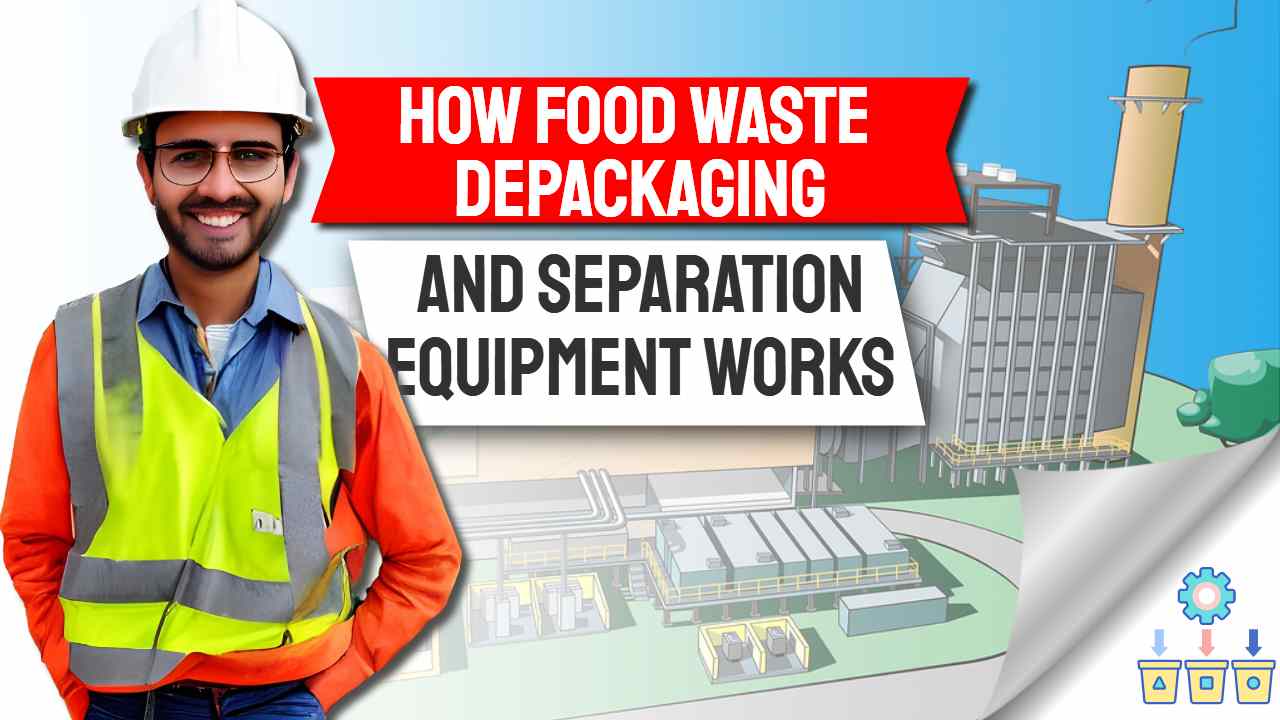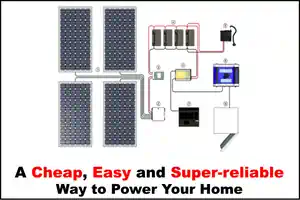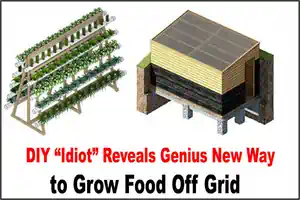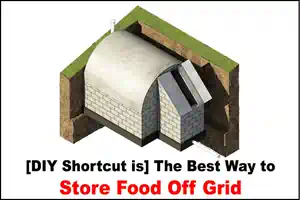How Food Waste Depackaging and Separation Equipment Works
by StreetWaster
Posted on 13-01-2023 11:33 PM

In this article about how food waste depackaging and separation equipment works we will discuss the most popular methods used, and as trommel screening was for many years (less so now) a the most used method for aerobic composting we end by comparing the advantages and disadvantages of trommel screeing versus milling, hammering and screening.
Food waste depackaging equipment typically works by using a combination of mechanical and/or physical processes to separate food waste from packaging materials. The specific process used varies depending on the type of equipment and the type of food waste being processed.
Common Waste Pretreatment Methods used in Food Waste Depackaging Equipment
Some common methods used in food waste depackaging equipment include:
- Particle size reduction, such as:
- Shredding: This process uses a series of blades or hammers to shred the food waste and packaging materials into smaller pieces.
- Milling: Using the action of grinding and hammering, usually in a hammermill.
- Crushing: Often done using rollers to crush flat food containers squeezing out the organic material.
- Separation: This is not one single process but is, in most depackaging and separation systems, a separate stage after shredding, the food waste and packaging materials are separated using a series of screens, filters or strainers. Some common organic food waste separation methods are:
-
- Screening: The screens allow the food waste to pass through while trapping the packaging materials.
-
- Extrusion: This process uses a screw to compress and extrude the food waste out of the packaging.
-
- Drying: In some cases, the food waste is dried before or after depackaging to remove moisture and reduce the volume of the waste.
The specific process and technology used will depend on the type of food waste and the packaging materials, the specified low level of specific contaminants for the end goal of use as a feed for the biogas process, the required throughput capacity and other factors.
It is important to consult with the manufacturer or supplier of the equipment to ensure that the equipment is suitable for the specific type of food waste and packaging materials that you are processing.
Separating Food Waste "Pulp" or "Soup" from Other Materials
The process of separating food waste from other materials in order to facilitate proper disposal or utilisation of the food waste is referred to as food waste screening.
Mechanical equipment, such as trommel screens, disc screens, or vibrating screens, are commonly used to screen food waste.
 Food waste screening separates food waste from other waste streams such as packaging, plastics, and other contaminants. This separation process improves the quality of food waste for composting or anaerobic digestion while also reducing the volume of waste that must be handled.
Food waste screening separates food waste from other waste streams such as packaging, plastics, and other contaminants. This separation process improves the quality of food waste for composting or anaerobic digestion while also reducing the volume of waste that must be handled.
Until the 2020s the purpose of depackaging and separation was largely limited to obtaining a clean (especially plastic and inert materials free) pulp at an optimum moisture content for feeding a biogas digester for the extraction of energy as biogas which was a priftable energy source.
It has only been since the start of the 2020s that most organic processors started to look for their equipment to also produce a clean reject stream which could be sold. Prior to that date the value of the recyclates was just too low to make the rejects a valuable commodity.
Trommels for Food Waste Separation
Trommels, also known as trommel screens, are cylindrical mechanical devices commonly used in the separation of food waste and other materials in the Organic Fraction of Municipal Solid Waste processing (OFMSW). Trommels operate by rotating a drum that is covered with a screen.
Food waste and other materials are fed into the trommel as the drum rotates, where they are separated by size and weight. The trommel is used in OFMSW processing to separate food waste from other materials such as plastic, glass, and metal.
The OFMSW is fed into the trommel, where the rotating drum and screen break it down into smaller pieces. The smaller pieces of food waste are then collected and processed further, such as composting or anaerobic digestion.
Trommel Screen Aperture Size
The trommel screen can also be set to different aperture sizes to separate food waste based on size, such as separating large debris from food waste such as bones, shells, or packaging materials. Trommels are commonly used in food waste separation systems due to their efficiency, durability, and ease of maintenance. They are capable of handling large amounts of food waste and effectively separating food waste from other materials.
Trommels Improve the Quality of Food Waste Pulp
Trommels can help to improve the quality of food waste pulp for composting or anaerobic digestion while also reducing the volume of waste that must be handled.
It also aids in the separation of recyclable materials, such as plastic bags or cardboard, which can then be sent to recycling facilities for processing.
Trommels, in general, are a cost-effective and efficient solution for separating food waste in OFMSW processing, and they can be used in a variety of settings, from small-scale composting operations to large-scale waste processing facilities.
Food Waste Screening
Food waste screening can take place at various stages of the waste management process, such as a food processing facility, a supermarket store or regional depot, or an MSW (Municipal Solid Waste) transfer station.
The screening process can be used to remove large debris such as bones or shells that could damage equipment or pose a safety risk. It can also remove recyclable materials, such as plastic bags or cardboard, which can then be processed at recycling facilities.
Food waste screening can also be used to separate food waste into different categories like fruits, vegetables, meat, dairy and so on, depending on the end use of the food waste.
Food waste screening is an important step in the food waste management process because it can increase the amount of food waste that can be composted or used for anaerobic digestion, reduce waste sent to landfills, and improve the overall efficiency and safety of the food waste management system.
Pros and Cons of Shredding and Milling Versus the Use of a Trommel for Food Waste Recycling
Shredding and milling, as well as using a trommel, are all methods that can be used for food waste and general organic waste depackaging and separation. Each method has its own advantages and disadvantages:
Shredding and Milling Pros:
- Shredding and milling can effectively break down food waste and packaging materials into small pieces, making it easier to separate the organic waste from other materials.
- These methods can handle large volumes of waste, making them suitable for large-scale waste processing facilities.
- The small particle size of the organic waste after shredding or milling can make it easier to handle and transport.
Shredding and Milling Cons:
- These methods can generate microplastics, small plastic particles that can be harmful to the environment.
- Shredding and milling can generate heat and noise, which can be a problem in some facilities.
- These methods can be relatively expensive and require significant maintenance.
- Avoiding a high level of organic contamination due to the small particls size and resulting high surface area is vewry difficult. So, organic contamination in the reject stream is high.
Trommel Pros:
- Trommels are efficient and easy to maintain and can handle large volumes of waste.
- Trommels can be used to separate organic waste by size, allowing for the separation of large debris like bones, shells, or packaging materials.
- Trommels are relatively low-maintenance and can be relatively low-cost.
Trommel Cons:
- Trommels can be less effective at breaking down large pieces of food waste and packaging materials, which can make it more difficult to separate the organic waste from other materials.
- Trommels can be less effective than other methods when it comes to separating small particles.
Ultimately, the choice between shredding, milling, and using a trommel will depend on the specific needs of the facility, the type of waste being processed, and the end goal of the waste separation process. It's important to consider all the pros and cons of each method and to consult with a professional before making a decision.
Above all it is important to avoid microplastic production and escape of such small plastic particles to the environment.




